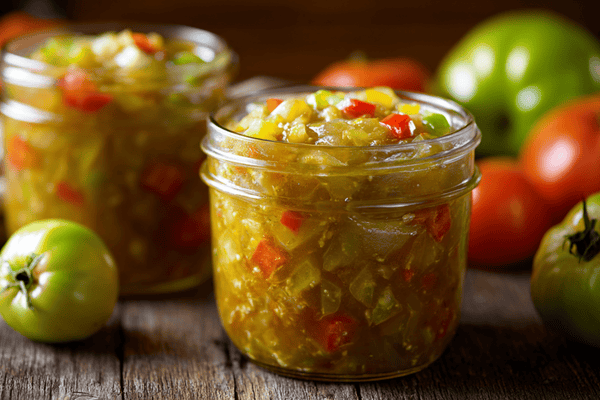
To be the best chef you can be, there is a lot more to consider than actually how to cook the food. Preparation is key, so the saying goes, and this couldn’t be more fitting than when in the kitchen.
Having a good selection of sharp, high-quality knives is a must but knowing how to use them correctly takes time and patience. But if you want to boost your abilities in less time, then we have some handy advice on how to improve your knife skills.
Moreover, if you are not using your chef's knife properly, there is a serious risk of injury. These are sharp, potentially dangerous implements that should only be handled by those who are adept in using them.
Table of contents
Choosing The Right Knives

Getting your basic knife skills off to a good start doesn’t only depend on your ability to use the tools correctly; you must first make sure that your knives are right! This gives you an important foundation for building your skills.
When setting up your kitchen, be sure to have a good selection of sharp knives that offer your versatility for cutting different foods. With different knives designed for meats, fish, vegetables, bread and more, it pays to take the time to browse your options. When cutting bread, you'll need a bread knife or serrated knife. However, when wanting to julienne carrots, the thin blade of a utility knife, paring knife or chef knife would be better suited to the task.
What’s more, you want to make sure that your knives are of the very best quality. Lightweight, stainless steel knives with a small angle will give you the sharpest and most clean cut.
Finger Placement
What a lot of people fail to realise is that how they hold a knife will impact how well they cut. According to master chef Gordon Ramsay, you should always use the three-finger rule when cutting. This involves placing the knuckle of the middle finger in front of your index finger and ring finger. Not only is this how professional chefs hold their knives but it makes cutting so much safer.When sharpening your dull knife, it is also important to pay attention to how the fingers are placed. Once again, this is largely down to safety. Crucially, you should ensure that the thumb remains behind the guard and the fingers should never be exposed to the blade.
Understanding Basic Knife Cuts
You might be surprised to learn that using kitchen knives involves many different types of cut. In the beginning, you will want to focus on some of the more basic cuts and this will allow you to prepare food more quickly and precisely.
● Chopping involves cutting the food into similar size pieces; uniformity is key.
● Mincing is when you chop the food into as small pieces as possible.
● When dicing, you will want to cut the food into cubes that measure roughly a quarter of an inch.
● The julienne cut requires the chef to slice the food into long, thin strips that resemble a matchstick.

When you want to rough chop delicate ingredients such as chopping herbs, you will want to use a back slicing motion. You should bunch the herbs together and properly hold them with your free hand. Now place the tip of the knife onto your cutting board, and keep the tip of the knife in contact with the cutting board, retaining a low angle as you bring the knife back through the leaves. However, for super fine cutting, you will want to ‘rock chop’ which involves rocking the knife back and forth over the leaves until they are finely cut.
On the other hand, when you are cutting more substantial foods like meats or solid veggies, you’ll want to revert to a regular slice for better control. Holding the food on the cutting board, you’ll put the tip of the blade down and angle it upwards while pushing the meat towards it.
Don’t Rush It
When you are learning any new skill, they say that practice makes perfect. This is equally true when learning how to use a knife effectively. The last thing you want is to find yourself knee-deep in butternut squash seeds with a lot of unevenly chopped squash on the countertop.We mentioned the butternut squash as this is one of the most notoriously tricky vegetables to dice so you’ll want to start with something a little easier.
Practicing with softer veggies like courgettes is a great idea. You won’t be struggling with any unnecessary pressure and once you feel confident here, you can work your way up to firmer foods like carrots and that pesky butternut squash!
Blade Maintenance
Earlier, we talked about the importance of choosing the right knives for your kitchen. However, once you have the blades, you must ensure that they are properly maintained, otherwise, they will become dull and effectively useless.This is one of the most common rookie mistakes made by chefs and it can result in having to replace often costly knives. In order to avoid this, be sure to take the best care of your blades. You should avoid putting them in the dishwasher and always wash your knives by hand and make sure that you regularly sharpen the blades.

When you are using your knife to move ingredients around a cutting board or into a cooking vessel, NEVER use the sharp side of the blade as this will only serve to dull it more quickly. What a lot of inexperienced chefs fail to realise is that a dull blade can cause accidents not to mention, it’ll slow you down!
Planning
You might think that prepping your food is an insignificant part of making a meal but when you consider how much of the overall cooking time it takes, it comes as no surprise that planning is essential.Don’t go into chopping without thinking. Before you get started, plan out how you are going to cut each food item and whether you will need to do any pre-prepping. For example, if you are cutting garlic, or another bulb, you will first need to remove the ends and take off the skin.
If you don’t pay attention and focus on what you are doing, there is an increased risk of sustaining an injury.


